Moschatel is one of those plants that always brings me joy whenever I see it. It is not rare, but nor is it especially common, so it is always a happy surprise to come across it. It likes shady places on calcareous or clayey soils, but I still remember my first ever encounter with it, which was on chalk at the foot of Box Hill in England.
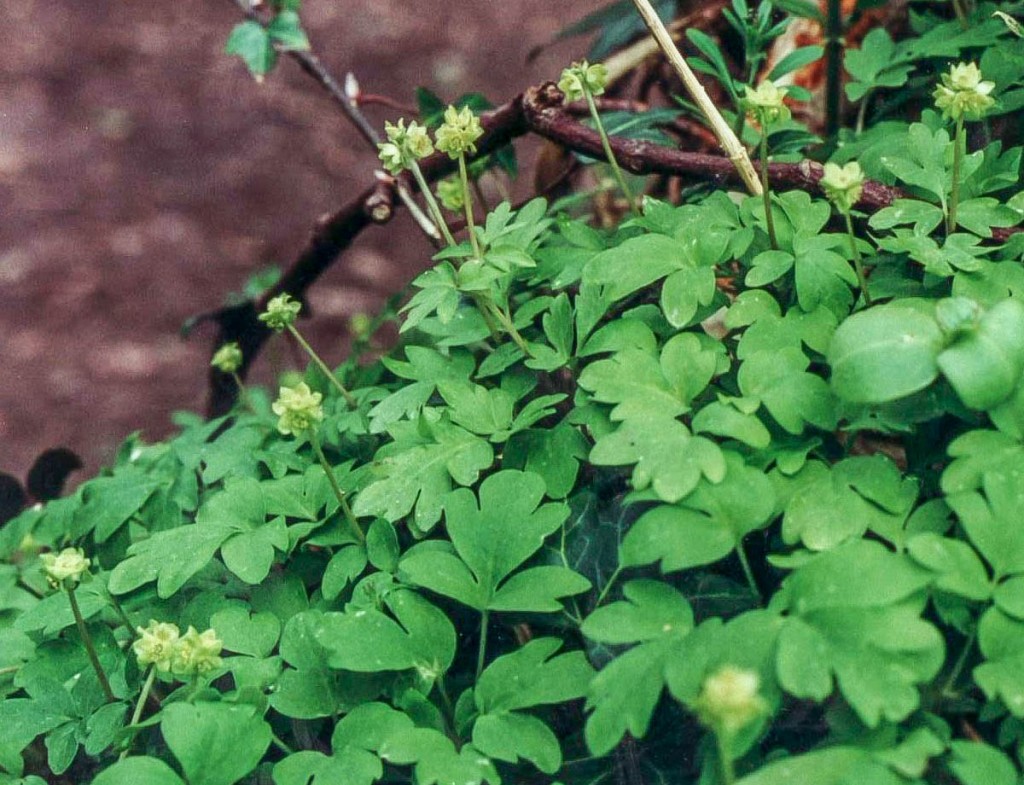
It is an unassuming little plant, with a very unassuming genus name. “Doxa” in Greek means “glory”, and hence the genus name Chionodoxa (now defunct as it has been merged with Scilla) means “Glory of the Snow”. Put an “A” in front of a word and the meaning is turned around, as in “atypical” or “asymptomatic”, so the name “Adoxa” means “without glory”. It is certainly not the name I would have chosen for this fascinating plant! The specific epithet moschatellina, and hence the English name Moschatel, comes from a Latin word for musk, though I’ve never noticed any smell on the plant, any more than I have from the musk orchid Herminium monorchis (my wife says the orchid smells sweetish, but neither of us really know what musk is supposed to smell like, to be fair, having an aversion to posh perfumes and having never had close contact with the scent glands of any deer).
Much more evocative is the plant’s alternative English name: Town Hall Clock. This reflects the remarkably consistent arrangement of its flowers. It must be the only plant in the world that always bears exactly five flowers, which between them always have 24 petals. The five flowers cluster in a tight head, forming a little box about a centimetre across. The stem comes in the bottom of the box, and four side flowers make the other five faces. The side ones, each at right angles to its neighbours, call to mind the clock faces on the tower of a church or town hall, hence the common name. These, plus the extra flower on top also earn it the rarely used but glorious alternative name of ‘five-faced bishop’. The four side flowers have five petals each, but the one on top has only four; this is likely to be so that it fits neatly with the others as it looks upwards towards the sky. All in all, it is a tiny piece of geometric perfection.

The flowers are all pale green, which probably explains why Linnaeus gave it the uninspiring genus name ‘Adoxa’, but for me that just adds to the joy of finding it – one is often right on top of it before it makes itself known. Most recently I have seen it in the woods by the river downstream from Humbie Church in East Lothian. It occurs throughout most of Britain, and in fact across the cool temperate parts of the Northern Hemisphere.
Until relatively recently, Moschatel was almost alone in its family, Adoxaceae, the only company being two endemic Chinese species, Adoxa xizangensis and Sinadoxa corydalifolia. The former looks like a more delicate version of our plant, but occasionally going a bit mad and having as many of nine flowers on a stem. Then, with the advent of DNA-based classification of flowering plants, the family Adoxaceae suddenly expanded to include three more genera including two very familiar ones: Viburnum, and Sambucus. Superficially these look very different, being large and woody with often around a hundred flowers per inflorescence. Previously these were placed in the honeysuckle family, Caprifoliaceae, and they didn’t seem to fit very well there, either. Apparently, Adoxa is descended from a woody ancestor, and over time became smaller and smaller, reducing the number of flowers in the inflorescence down from a hundred to exactly five. There is a loose parallel here with the dwarf cornel, which is a similar sized plant also descended from woody ancestors.
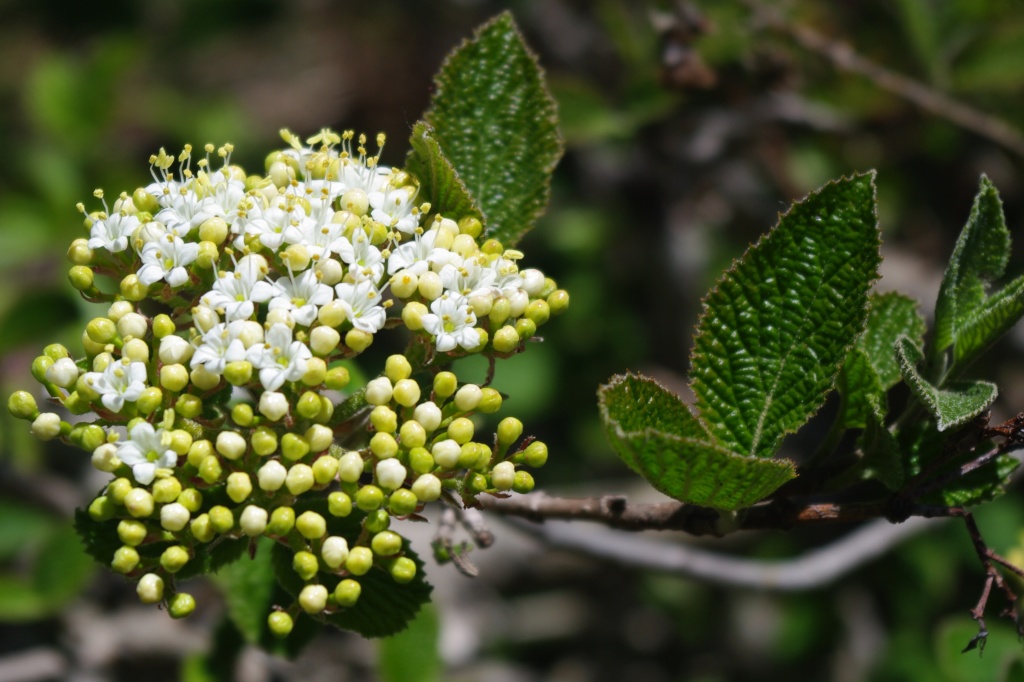
Viburnum lantana 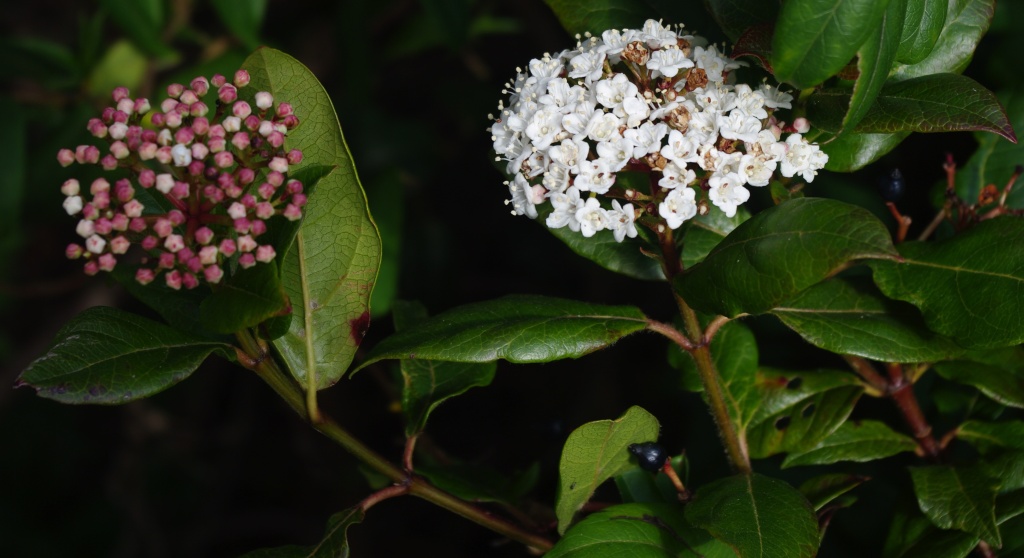
V. tinus 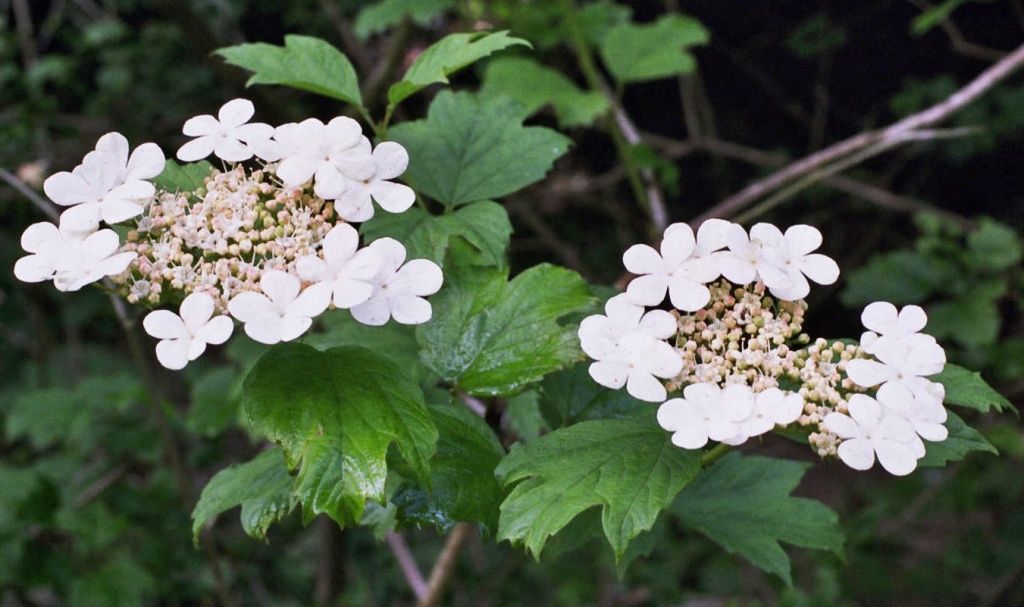
V. opulus


So, keep an eye out for this shy little plant when out in the woods. Keble Martin, in his classic Concise British Flora, says it is a symbol of Christian watchfulness, but in his concise way declines to explain why.
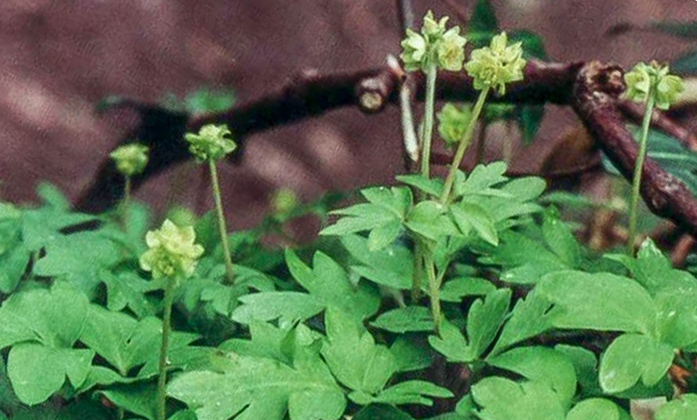
© Richard Milne